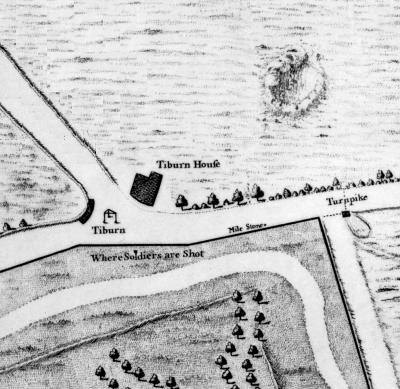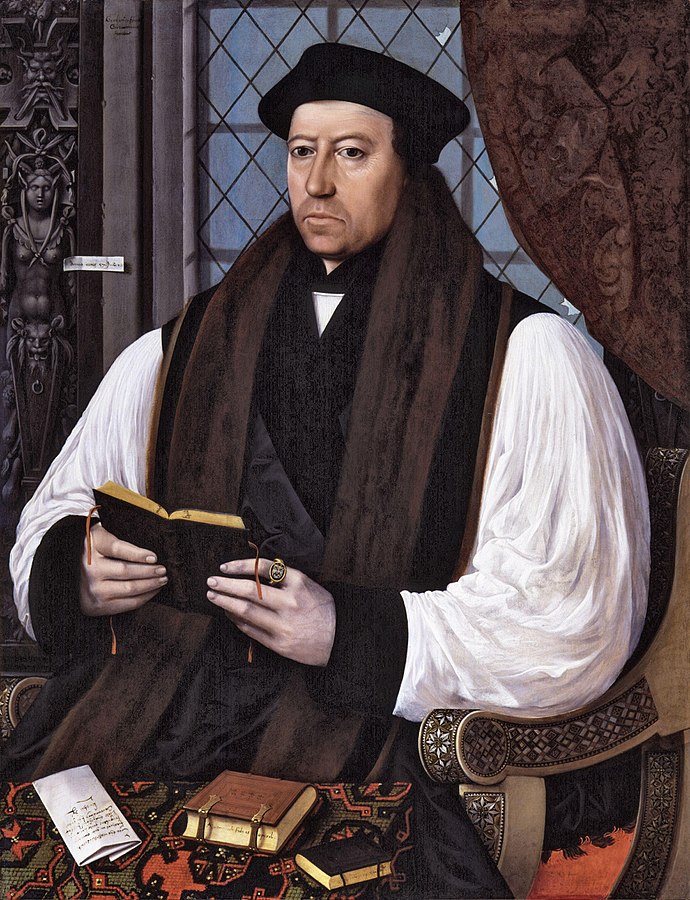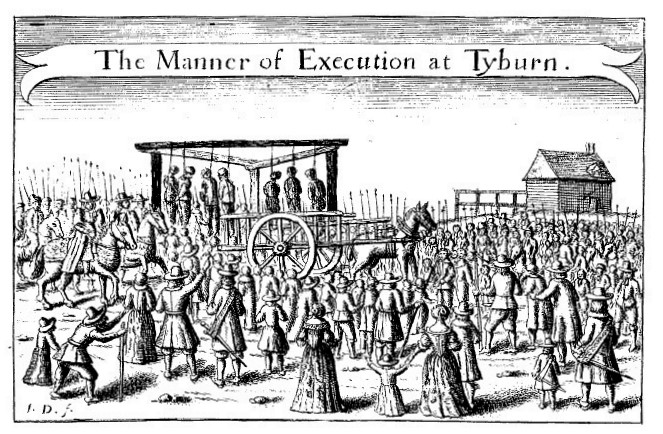Bl. German Gardiner
Last martyr under Henry VIII; date of birth unknown; died at Tyburn, 7 March, 1544; secretary to, and probably a kinsmen of, Stephen Gardiner, and an able defender of the old Faith, as his tract against John Frith (dated 1 August, 1534) shows. During the years of fiery trial, which followed, we hear no more of him than that “he was stirred up to courage” by the examples of the martyrs, and especially by More, a layman like himself. His witness was given eight years later, under remarkable circumstances. Henry VIII was becoming more severe upon the fast-multiplying heretics.
Cranmer fell under suspicion, and Gardiner was (or was thought to have been) employed in drawing up a list of that heresiarch’s errors in the Faith. Then the whim of the religious despot changed again, and the Catholic was sacrificed in the heretic’s place. Still he was the last victim, and Henry afterwards became even more hostile to Protestantism. Gardiner’s indictment states plainly that he was executed for endeavouring “to deprive the King of his dignity, title, and name of Supreme Head of the English and Irish Church”, and his constancy is further proved by this circumstance, that Thomas Haywood, who had been condemned with him, was afterward pardoned on recanting his opinions.
His other companions at the bar were Blessed John Larke, priest, whom Blessed Thomas More had presented to the rectory of Chelsea (when he himself lived in that parish), and also the Ven. John Ireland, who had once been More’s chaplain. They suffered the death of traitors at Tyburn.
Camm, Lives of English Martyrs (London, 1904), i, 543-7; Strype, Canmer (1694), 163-8; More, Life of More (1726), 278.
J. H. POLLEN (Catholic Encyclopedia)
___________________________
Bl. John Larke
English martyr; died at Tyburn, 7 March, 1543-4. He was rector of St. Ethelburga’s Bishopsgate, London, from 30 January, 1504-5, till his resignation in 1542; rector of Woodford, Essex, 18 January, 1526-7, till his resignation in the following April; and rector of Chelsea (on the presentation of [St.] Thomas More, then lord chancellor, whose parish priest and personal friend he became) from 29 March, 1530, till his attainder. Cresacre More styles him doctor, but it is not known in what faculty he obtained this degree. He was indicted 15 February, 1543-44, with another priest and two laymen.

Map of Tyburn gallows and immediate surroundings, from John Rocque’s map of London, Westminster and Southwark (1746)
The priest was Ven. John Ireland, of whom nothing is known, save that, having been chaplain of the Roper chantry annexed to St. Dunstan’s, Canterbury, for a year (1535-36), he became vicar of Eltham, Kent, and, as such, parish priest to Bl. Thomas More’s son-in-law, William Roper of Well Hall. Of the laymen the more prominent is Bl. German Gardiner, a kinsman (probably either cousin or nephew) to Stephen Gardiner, Bishop of Winchester, whose secretary he was. Educated at Cambridge, probably at Trinity Hall, he wrote against John Frith in 1534, and gave evidence against Cranmer in 1543. He resided at Southwark. The other layman wa John Heywood, or Hayward, of London. All were condemned, but Heywood recanted on the hurdle, and made his recantation public at Paul’s Cross on 6 July following. The other three suffered together, in the company of Robert Singleton, a priest, the cause of whose execution is uncertain, and their heads and quarters were buried under the gallows.
CAMM, Lives of the English Martyrs, I (London, 1904-5), 541-7; HENNESSY, Novum Repertorium (London, 1898), 120, 153; NEWCOURT, Repertorium, II (London, 1708-10), 680; GILLOW, Bibl. Dic. Eng. Cath. s. vv.; IV, 134; NICHOLS, Grey Friars’ Chronicle (London, 1852), 46; STOW, Annales (London, 1615), 386; Archaeologia Cantiana, XVI (London, 1886), 289.
John B. Wainewright (Catholic Encyclopedia)









